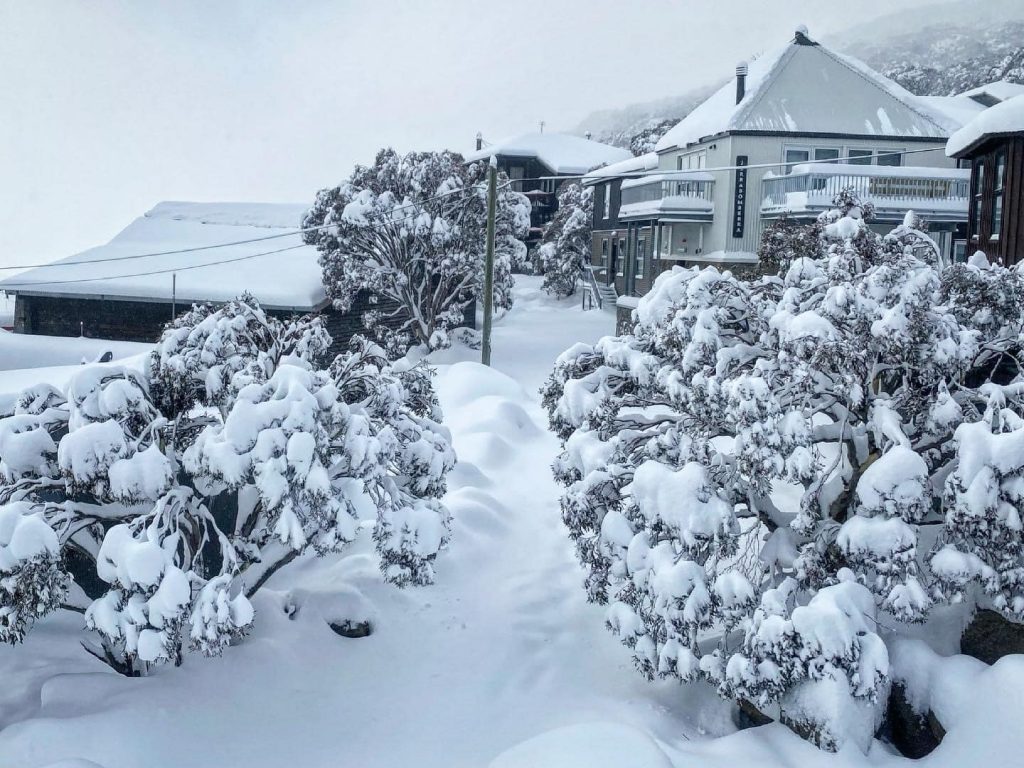Discover About the Areas That Regularly See Snow In Australia During the Winter Season
Discover About the Areas That Regularly See Snow In Australia During the Winter Season
Blog Article
Discover the Remarkable Results of Snow in Australia on Neighborhood Ecological Communities
Despite its online reputation for sun-soaked landscapes, Australia likewise boasts regions blanketed by snow-- a sensation that greatly affects the nation's special ecosystems. The insulating residential properties of snows secure flora and fauna in the middle of the coldest winters, while the melting snow nurtures rivers and aquatic life. The actual marvel lies in exactly how these icy conditions shape the nation's biodiversity and nutrient cycles. As we untangle this intricate connection, we locate ourselves stepping on uncharted grounds in Australia's high nation.
The Unanticipated Regions of Snowfall in Australia
Although Australia is typically related to sun-scorched landscapes and sandy coastlines, particular regions remarkably experience snowfall. The high country areas of New South Wales, Victoria, and Tasmania are specifically known for their winter season snow. The Snowy Hills in NSW, as an example, get bountiful seasonal snow, using a plain contrast to the country's normal hot, arid climate. The Victorian Alps and components of Tasmania also see annual snowfalls, changing the landscape into a winter season wonderland. These areas are not simply anomalies but important parts of Australia's varied climate system. The visibility of snow in these regions significantly influences neighborhood environments, consequently influencing the nation's one-of-a-kind biodiversity. However, the details effect on Australia's distinctive vegetation will be reviewed in the next area.

Just How Snow Impacts Australia's Special Plants
These plants have developed to endure in extreme conditions, with snow serving as a safety covering from rough winds and freezing temperature levels. The snow also adds to the wetness material of the dirt, providing essential hydration for plant life during the dry summertime months. In essence, the snow affects the timing of blooming and seed dispersal, the growth prices, and the survival of many plant varieties, showcasing the intricate interaction between environment and vegetation in Australia.

The Adaptations of Australian Fauna to Snowfall
Just as Australia's plants has adapted to the wintery problems, the local animals as well, exhibit exceptional adjustments to the snowfall. Types like the Mountain Pygmy-possum, the only Australian marsupial known to hibernate, have advanced methods to survive in snowy atmospheres. It makes use of the snow as insulation, hibernating in rock crevices under the snow to remain cozy. In a similar way, the Snow Skink, a species of lizard, transforms its colour to white during winter season, offering camouflage against predators. Birds such as the Snowy Hills' Crimson Rosella likewise change their diet regimens to eat available food resources throughout chillier durations. Therefore, despite the severe conditions, Australian fauna shows a flexible and durable nature, ensuring their survival in areas experiencing snowfall.
The Function of Snow in Shaping Neighborhood Environments
In forming the local ecological communities, the duty of snow in Australia is both extensive and multilayered. web It influences the distribution of plants and animals, mainly defining the biodiversity of alpine and sub-alpine areas. Snow gives a vital water source, feeding rivers and reservoirs as it thaws, thus sustaining a range of water life forms. Furthermore, snow works as an insulator, protecting ground-dwelling organisms from extreme cold. It plays a considerable function in dirt formation and nutrient cycling. The routine cold and thawing of soil caused by snowfall fosters the malfunction of rocks, improving dirt fertility. Subsequently, the visibility of snow shapes the greenery patterns, animal habits, and overall sustainability of Australia's unique environments. Does Australia Get Snow.

The Future of Snowfall in Australia: Implications and predictions

Offered the important role snow plays in forming local ecosystems, the future of snowfall in Australia is attracting increasing attention from conservationists and scientists. Less snow other could result in minimized water availability in alpine areas, detrimentally affecting wildlife habitats and plant life. The tourism market, greatly dependent on the winter snow season, might additionally encounter considerable obstacles.
Conclusion
The function of snow in Australia's environments is crucial yet frequently forgotten. It serves as a guard, a nurturer, and a shaper of diverse towering species, adding to the richness of Australia's high country. As weather patterns continue to click reference change, understanding the implications and potential transformations of these snow-influenced ecological communities is crucial. Hence, the snow in Australia is greater than an all-natural phenomenon; it's an important gamer in the country's ecological story.
Regardless of its track record for sun-soaked landscapes, Australia likewise boasts regions blanketed by snow-- a phenomenon that greatly influences the country's one-of-a-kind communities. It makes use of the snow as insulation, hibernating in rock crevices beneath the snow to remain warm - Snow In Australia.In shaping the neighborhood environments, the role of snow in Australia is both profound and multilayered. The existence of snow shapes the greenery patterns, pet behavior, and overall sustainability of Australia's distinct ecological communities
Given the important role snow plays in shaping regional communities, the future of snowfall in Australia is attracting enhancing attention from researchers and ecologists.
Report this page